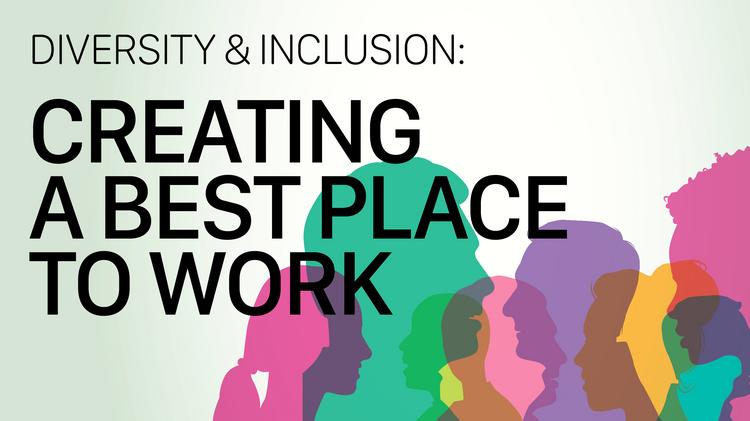Inclusion in the workplace equals human relationships
The need to bring back more of the human relationship to business could not be higher. Embracing our communities, and employees although not often talked about in the media, often comes up during diversity and inclusion roundtables we lead. It manifests under the umbrella of inclusion where for example, executive directors share that they don’t feel they are “hugging” their community enough, showing their face as often as they could. Due to pressing timelines and overall management workloads, it is easy to stay behind the scenes. When it comes to building a diverse board of directors, there too, they want to attract people who go beyond checking the right box and who naturally want to be part of the overall mission.
Work intimacy and hugging is not a topic often talked about but yet so key to how we relate to one another. There is a need for people to feel more connected than ever before and encouraging a culture that promotes “hugs” matters in business and inside our communities. It’s also key to your marketing and social media strategy if you want to create a platform of “raving fans.”
Before I forget, I want to be sure you know about my D&I strategy report to launch your Diversity and Inclusion program (it’s free); it’s designed to help you learn the key phases of your rollout before forging ahead. This report will trigger new ideas that you can bring to your proposal and help you feel confident beginning the conversation on how to grow a Diverse and Inclusive culture.
Now onto the developing an inclusive culture that embraces “hugging.”
Successful Diversity and Inclusion programs encourage a culture of listening
People want to be heard people and understood. If your employees feel more like the guests at a dinner table than hosts, then that’s probably a good sign that the culture could instill more inclusion.
Managers who learn to be good listeners allow their teams to feel like they are included in the conversation whether that means they’re pulling people in or asking more deeper dive questions or just being curious about someone – that counts as being a “hugger” where you are creating a safe and trusted space for people. When you allow people to feel safe, they feel you have their back and will be motivated to create the results you’re looking for.
“There is more hunger for love and appreciation than there is for bread.” – Mother Theresa.
How Diversity and inclusion training practices are observed in the workplace
You can hug your team and business partners through your e-mail closing signature. Are you just signing it with the obligatory “BEST”, or “SINCERELY”? You could close your emails with an inspiring quote or with something you’re grateful for or anything that speaks to more of the human connection.

Publicly, if a colleagues posts something on LinkedIn or even Facebook, are you liking their posts? Are you sharing their material and events? Are you referring them on when you know they’re looking for a new position? In all these little ways you are saying “I care”. You are hugging your network, your peers.
There’s an element of a caring relationship when you’re demonstrating ways in which you are go-giving in your business relationships versus go-gaining.
On the foodie front, hugging is alive as well. My 11-yo son shared a mini Dove chocolate the other day which inside the foil held an inspiring message to brighten up my day. It made me smile and as a mom I shared a random moment with my son where I was able to point out that it’s nice to give appreciation as well as to receive it.
It’s not what you say, it’s what you mean. Do your words have others feel included?
The good news is, people can feel your energy and your intention before you walk into that meeting or phone call. The more cozy you make people feel, the more they will want to build a relationship with you. It’s just as much as a gift to give a hug as it is to receive one.
And on that note, big squeeze coming your way. ; )
